Long-time residents recall Phoenix as a Western town in the desert where the closest thing to culture was a visit from traveling shows. The city came a long way since then, and today is home to world-class museums, performance venues, ballet companies, a great symphony, and recognized architectural features. But the new developments are not solely responsible for the city’s vibrant cultural scene. Thousands of years ago, indigenous tribes made this desert their home, and their heritage helped to shape the cultural scene in the city as much as the new additions.

Photo: Musical Instrument Museum – MIM/Facebook
Musical Instrument Museum — The only global musical instrument museum in the world, the MIM displays about 68,000 instruments and related artifacts. Paying tribute to these instruments, even the building evokes their shape. A giant double bass greets visitors in the Orientation Gallery, among other instruments. From there, guests head upstairs to the Geographic Galleries where the displayed instruments, related costumes, recordings, and videos take them on a trip around the world. A highlight of any visit, the Hands-On Gallery offers them the chance to play the instruments. Besides the galleries, the museum hosts world-class artists and concerts in its theater.
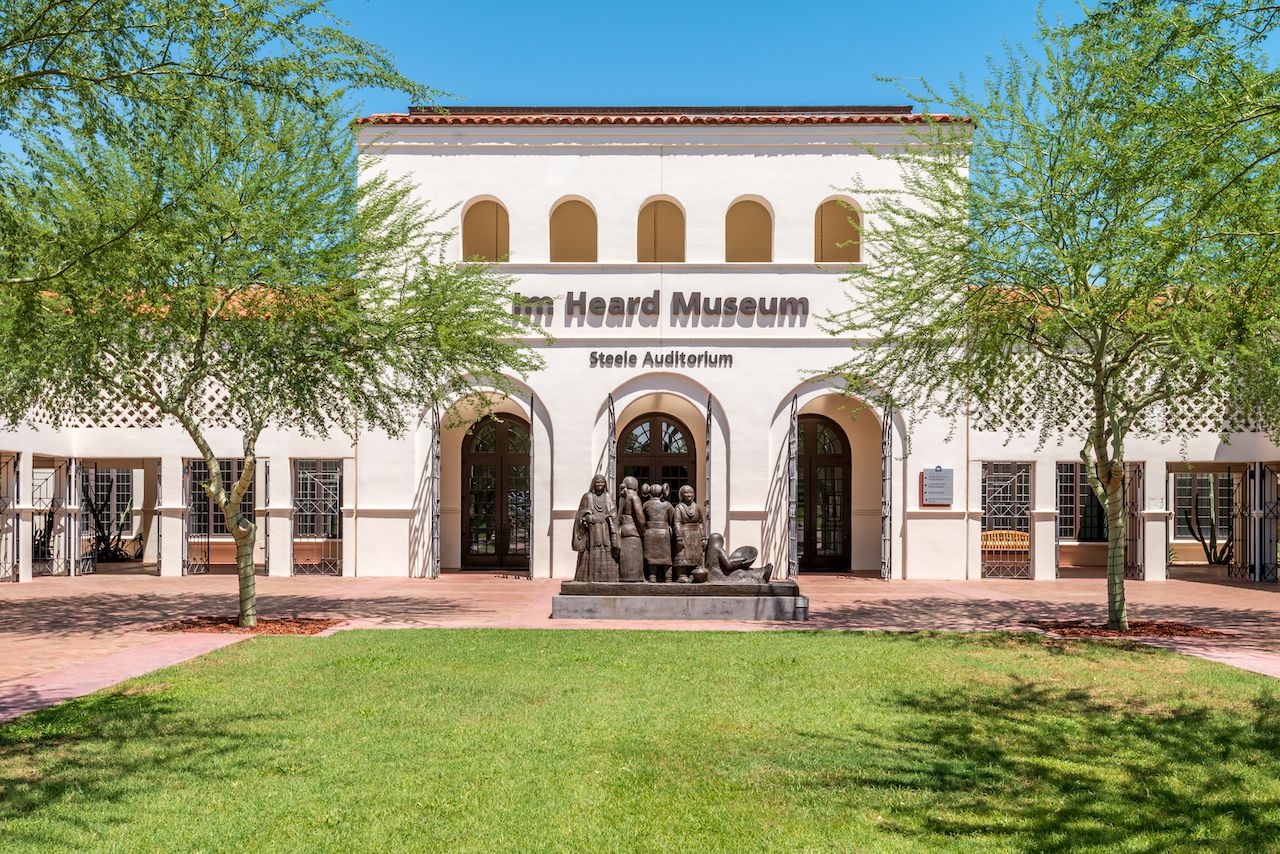
Photo: Manuela Durson/Shutterstock
Heard Museum — Recognized for the quality of its permanent collections and temporary exhibits, the Heard Museum is an amazing museum of Native American art and culture. Its highlight is the permanent exhibit called “HOME,” presenting everything that defines the home for the indigenous people of the Southwest. Here, visitors can walk through a full-size Navajo hogan and a Hopi piki room, visit a Yaqui ramada, and examine a Pueblo oven. There are also over 400 Hopi katsina dolls, Navajo textiles, and Zuni jewelry pieces to enhance the experience for every type of visitor. Hands-on activities in the “It’s Your Turn” exhibit deepen the visitor’s understanding of these cultures. Expanding beyond the Southwest, the “Around the World” collection displays works of Native people from other parts of the world. The museum also hosts temporary exhibits and indigenous festivals and dances.
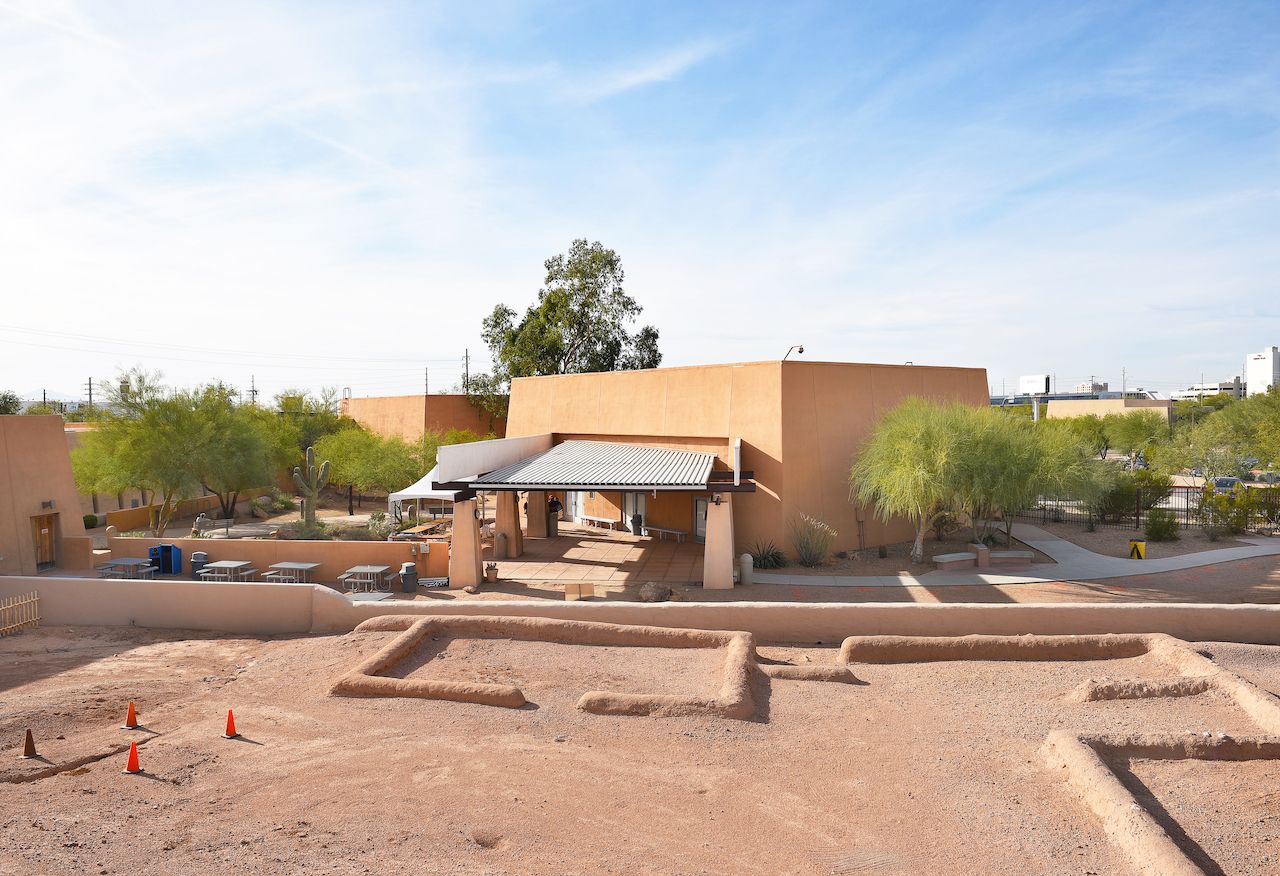
Photo: LunaseeStudios/Shutterstock
Pueblo Grande Museum and Archaeological Park — The Pueblo Grande Museum and Archaeological Park digs deep into the history of the area and the people who used to call it home thousands of years ago. The Hohokam, known as the canal makers, were some of the best engineers of the ancient world, bringing water to an arid desert and making it habitable. Guest can start their visit with the Indoor Gallery, to learn about the world of the ancient canal makers through dioramas, ancient jewelry, and pottery exhibits. Outside the building, the archaeological site offers a walk through the remains of an ancient city, including a pit house filled with artifacts. One canal these ancient people built, visible from the end of the trail, is still in use today, bringing water to the city.
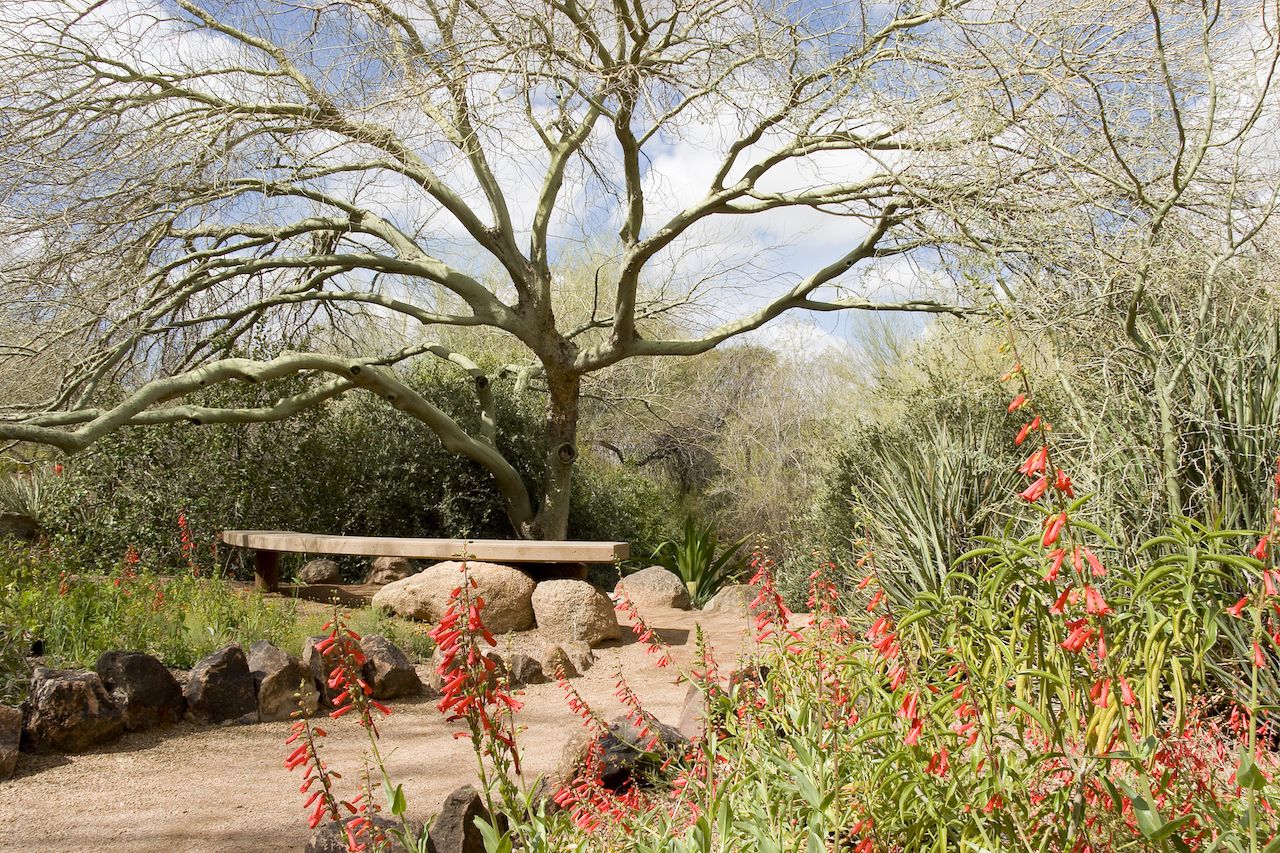
Photo: Daniel Gratton/Shutterstock
Desert Botanical Garden — Opened in 1939, the Desert Botanical Garden showcases the flora and fauna of the Sonoran Desert, while providing insight into the lives and culture of the people who have called this arid area home for thousands of years. Walking the Plants and People of the Desert Trail, guests can visit ancient homes of Tohono O’odham, Western Apache, and Hispanic households, as well as learn about the plants locals used for food, medicine, and building material. Other trails include the Desert Wildflower Trail, bursting with color in spring and featuring a butterfly and hummingbird garden, and the Center for Desert Living Trail, showing ideas for efficient and sustainable living in the desert. Besides the outdoor trails, where the garden occasionally hosts great exhibits, it is where the Schilling Library is found, the home of over 9,000 books focusing on the desert’s native plants.
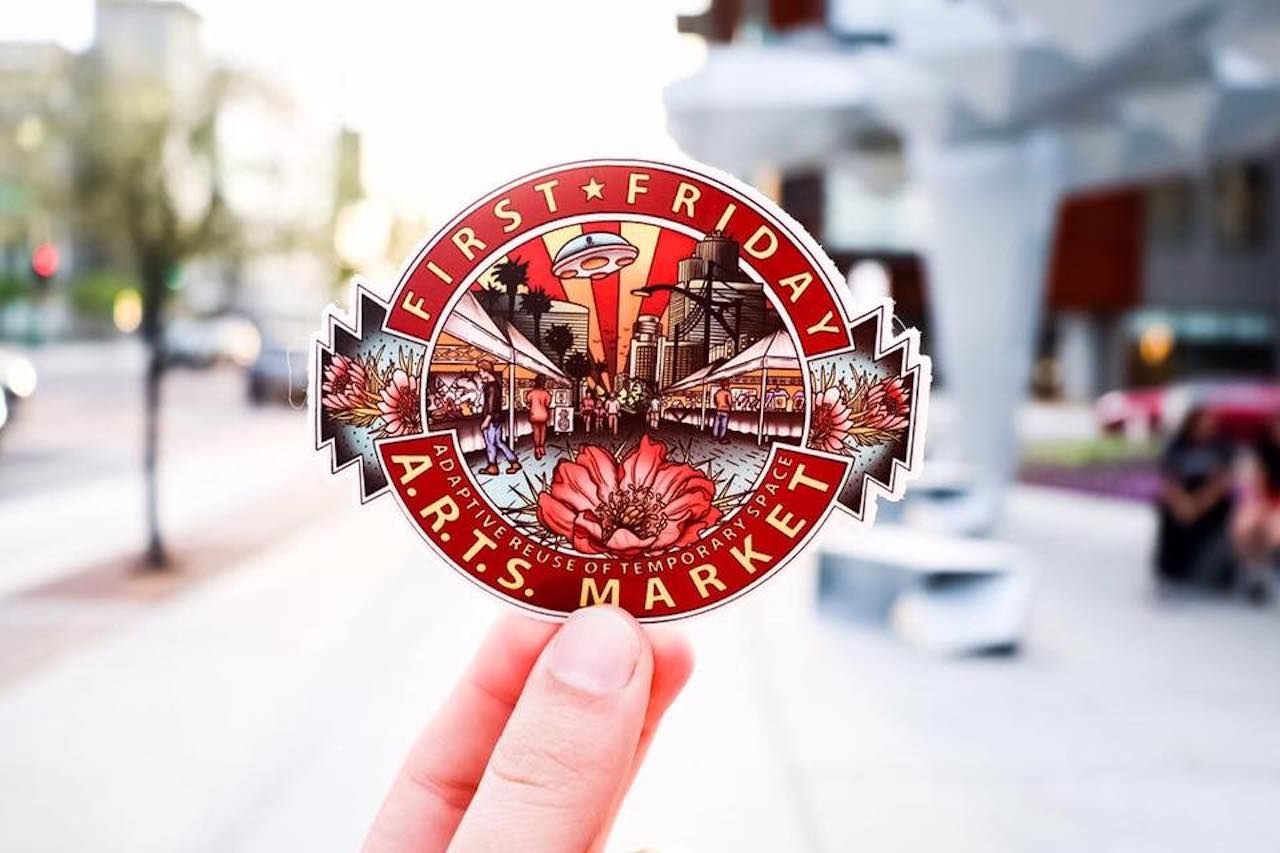
Photo: Roosevelt Row CDC/Facebook
Roosevelt Row — Home to impressive murals and art galleries, Roosevelt Row is known for its art and cultural events. This street has been around even before Arizona became a state, but it was a seedy, unsafe neighborhood until the late 1990s when artists found the former dilapidated buildings attractive for affordable studio space. The arts became the force behind the revitalization of the neighborhood, and today Roosevelt Row is one of the most vibrant cultural centers of the entire state. Roosevelt Row is best-known as the host for one of the nation’s largest self-guided art walks every first Friday, where local artists showcase their work.
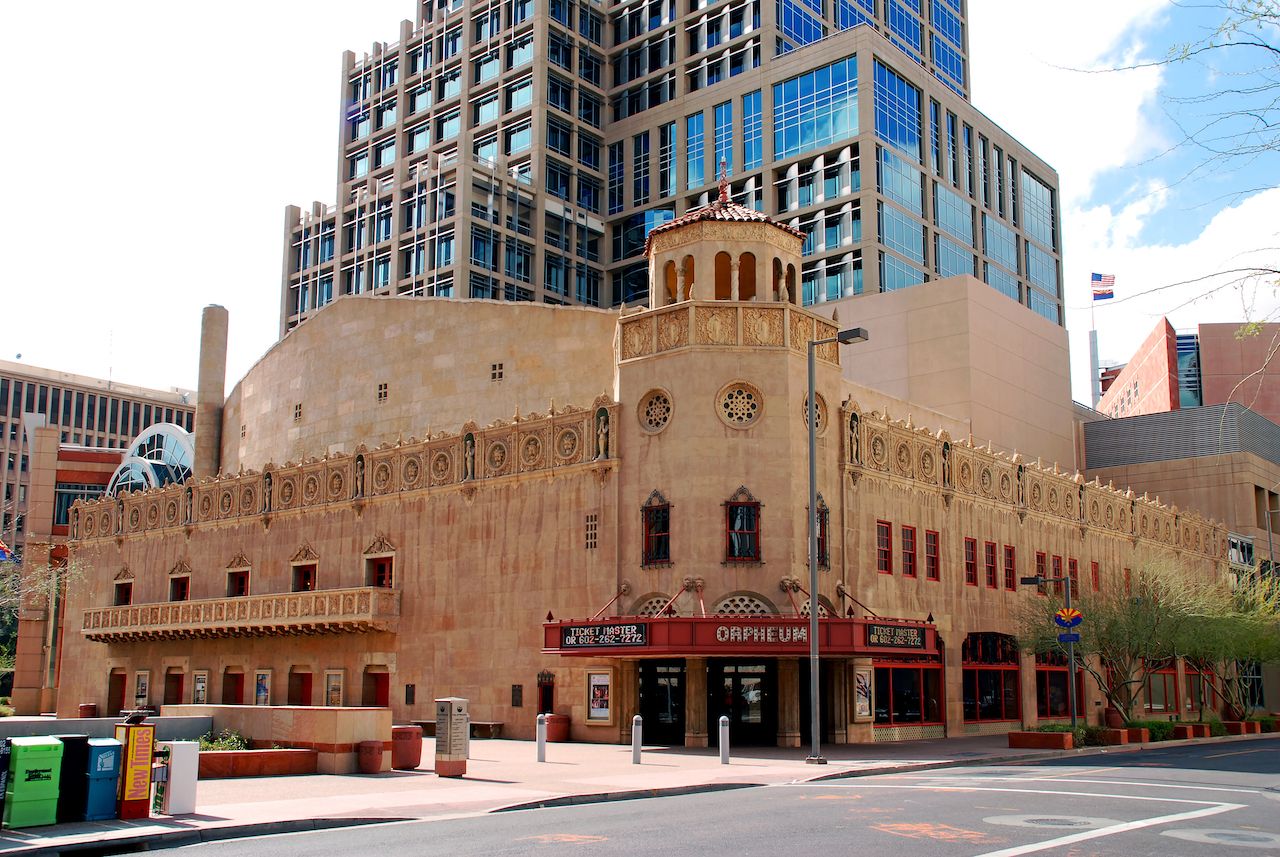
Photo: Paul McKinnon/Shutterstock
Orpheum Theatre — Built in 1929, the historic Orpheum Theatre was the pride of the small town of Phoenix, as the only venue between Los Angeles and Denver able to host the traveling vaudeville shows. Designed in the ornate Spanish Baroque style, the intricate murals and moldings of the theatre enhanced the shows that changed weekly. Over the years, it has hosted Hollywood and Broadway celebrities, but by the early 1980s, worn and outdated, it was ready to be demolished. The city of Phoenix saved it from turning into a parking lot by purchasing and renovating it in 1984. Now, listed in the National Register of Historic Places, the Orpheum is back to being a beautiful building, hosting great shows. The Orpheum offers free tours on Tuesdays, where visitors can learn about its history and check out its stunning architecture.

Photo: EQRoy/Shutterstock
Taliesin West — In the foothills of the McDowell Mountains, Taliesin West houses the Frank Lloyd Wright Foundation and the School of Architecture at Taliesin. Building it as his winter residence, the famous architect tested structural ideas and building details here, and used them to showcase the desert environment. Wright designed the structures considering environmental factors in an age when no one else did, and used sand from the desert washes and stone from the premises, integrating the buildings in their setting. A National Historic Landmark, Taliesin West is open for visitors and offers tours.
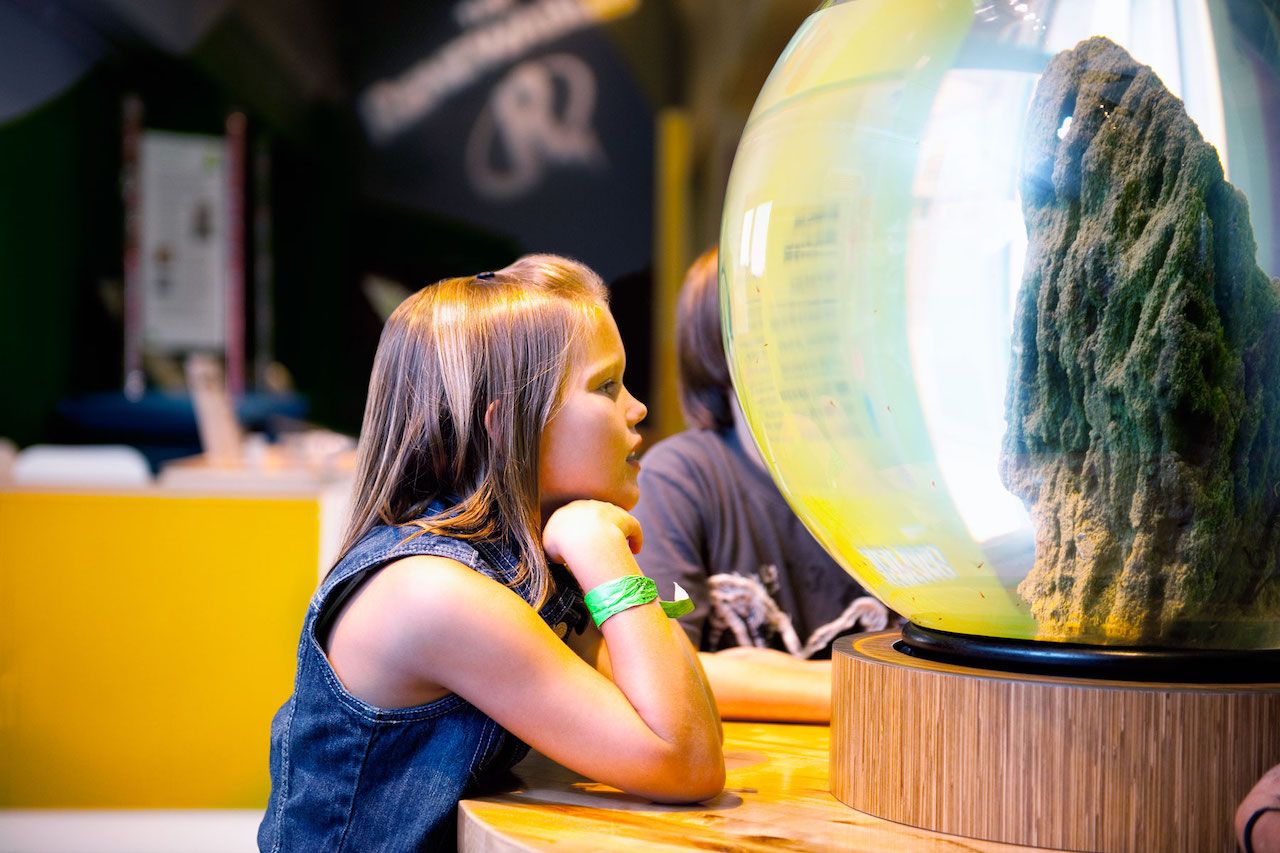
Photo: Arizona Science Center/Facebook
Arizona Science Center — Five stories high, the Arizona Science Center features a planetarium, displays permanent and temporary science exhibits, and hosts shows in its large IMAX theater. Kids and adults alike have fun in this museum, from exploring the human body and mind through interactive exhibits to experiencing the world of science by playing with mechanical, electrical, and electromagnetic displays. Standing in a simulated hurricane, tornado, or an erupting volcano, or playing with sand, water, and wind, guests understand the forces of nature and explore the possibilities of renewable energy around the world.

Photo: Mesa Arts Center/Facebook
Mesa Arts Center — Arizona’s largest multicultural art complex, the Mesa Arts Center is home to four theaters, five art galleries, and 14 art studios. Housed in an architecturally unique facility in Downtown Mesa, the Art Center hosts major cultural events and art festivals throughout the year. You’ll find a show there for all ages, from classical and jazz concerts to all types of dance, live theater, and comedy. The art galleries are home to the Mesa Contemporary Arts Museum, showcasing internationally recognized and emerging artists, while also hosting art workshops and lectures.
